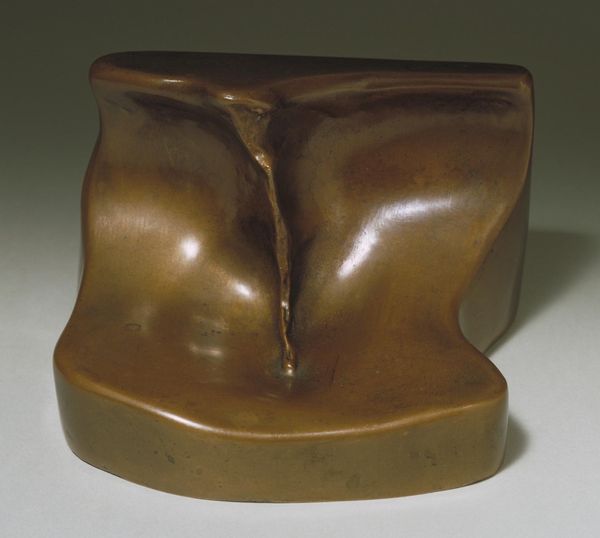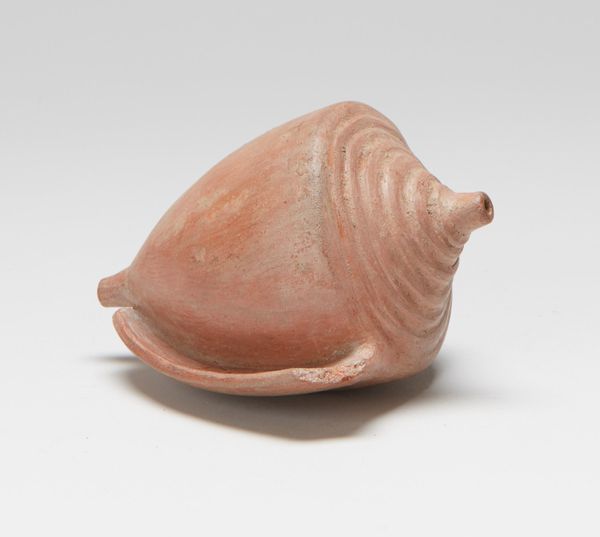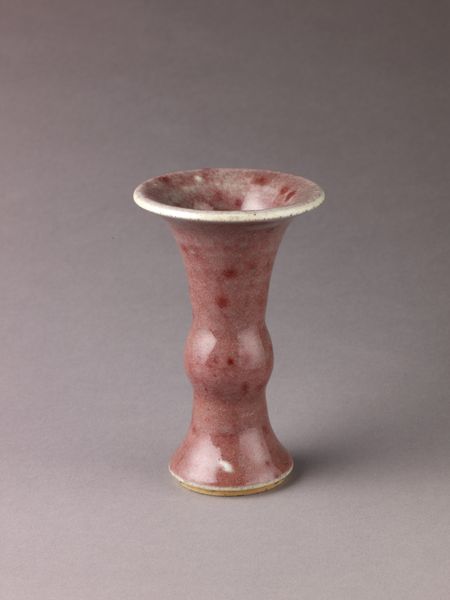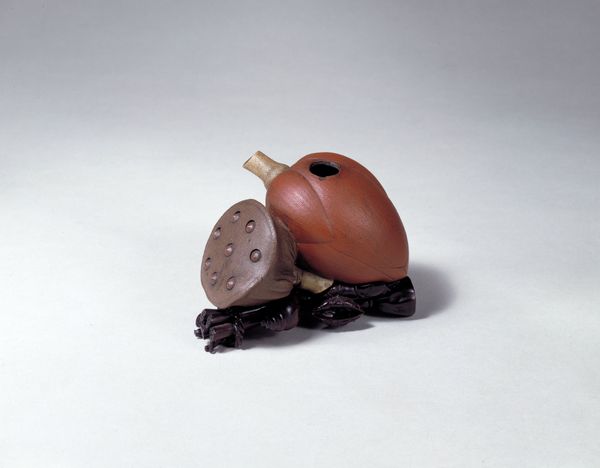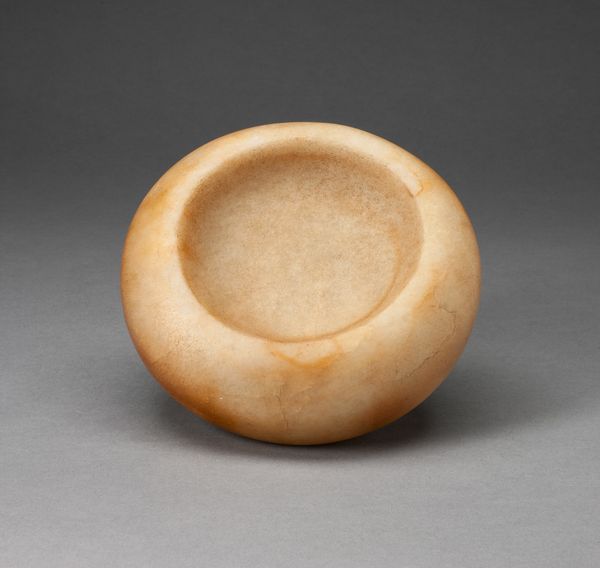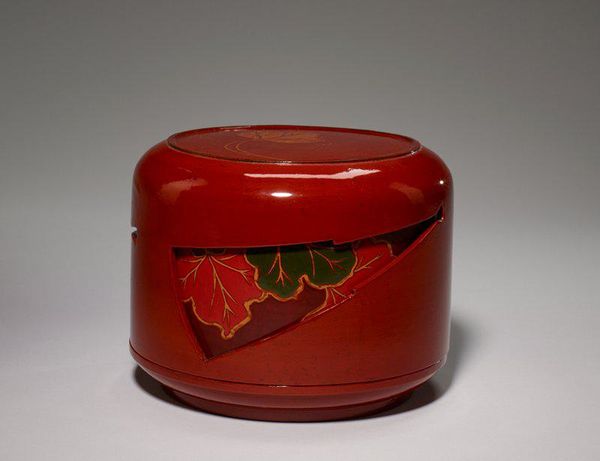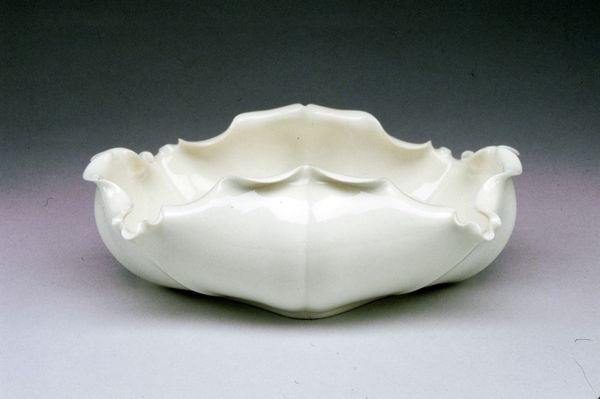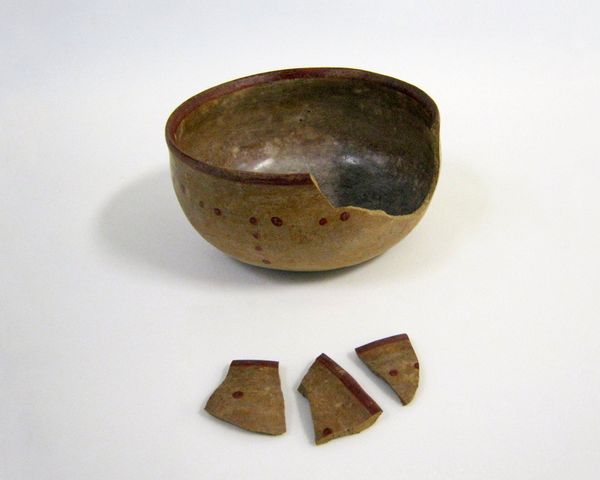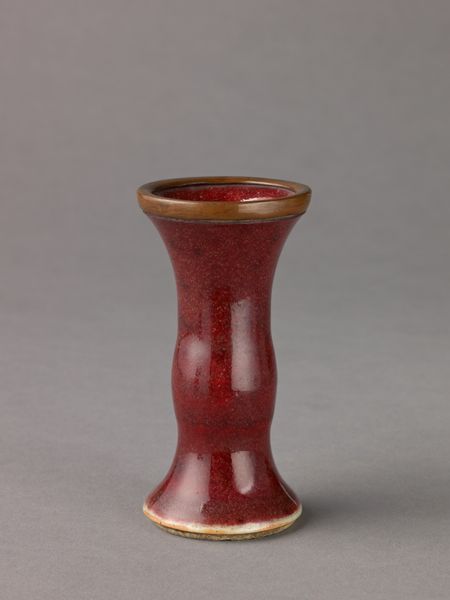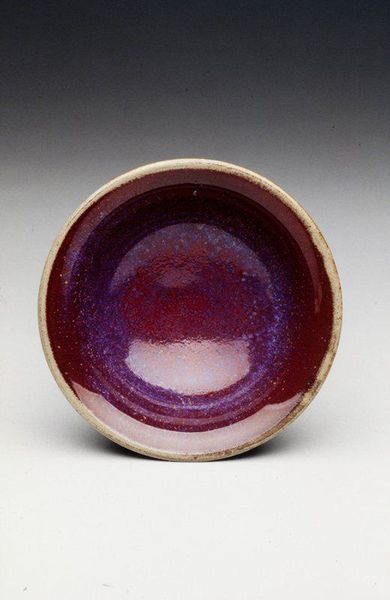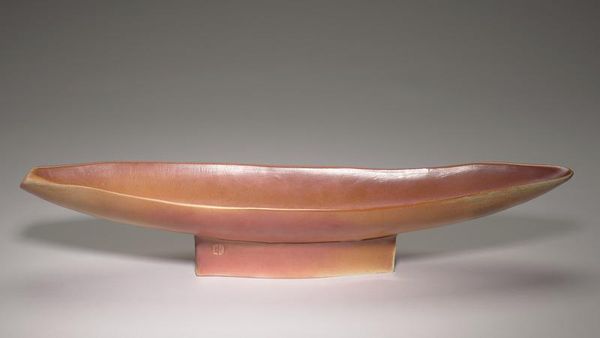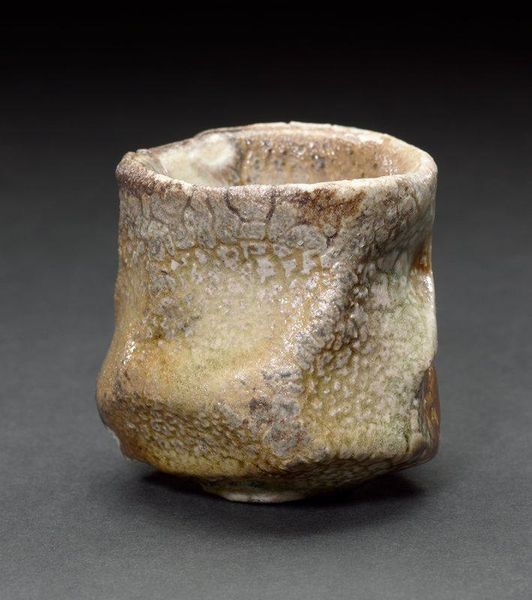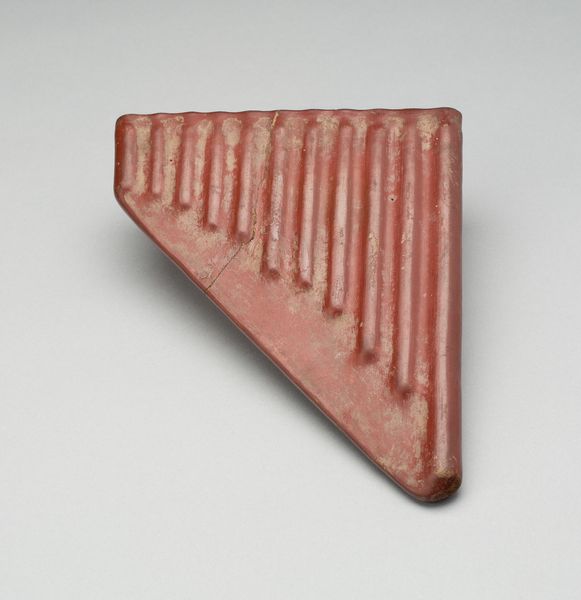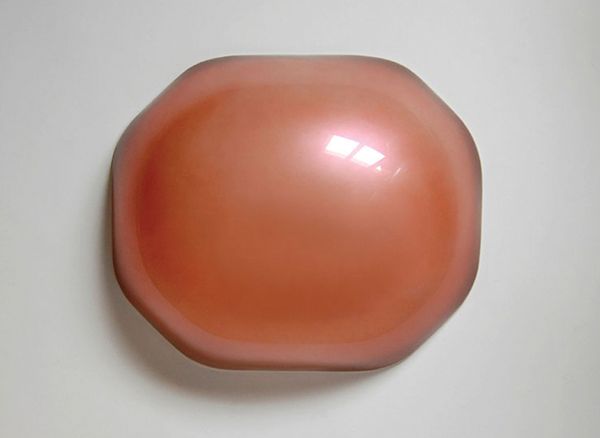
Dimensions: object: 63 x 87 x 42 mm
Copyright: © Succession Marcel Duchamp/ADAGP, Paris and DACS, London 2014 | CC-BY-NC-ND 4.0 DEED, Photo: Tate
Editor: Here we have Duchamp's "Wedge of Chastity," a rather small assemblage of bronze and pink plastic. The contrast between the materials is quite striking. What can you tell me about it? Curator: Considering its materiality, the industrial bronze juxtaposed with the manufactured pink plastic raises questions about mass production, gender, and the body as commodity. Think about how each material is made, distributed, and consumed. Editor: So, you're less focused on any symbolic meaning and more on the actual production of the piece? Curator: Precisely. It's about deconstructing the art object by analyzing its constituent parts and the labor embedded within them. How does that shift your initial reaction? Editor: I hadn’t thought about it that way, but I see how the materials themselves become the statement, challenging the traditional notion of artistic skill and intention. Thanks! Curator: Indeed! It reframes our understanding of value and meaning in art.
Comments
tate 8 months ago
⋮
http://www.tate.org.uk/art/artworks/duchamp-wedge-of-chastity-t07281
Join the conversation
Join millions of artists and users on Artera today and experience the ultimate creative platform.
tate 8 months ago
⋮
In the 1950s, Duchamp made a small number of moulded objects, based on male and female genitalia. They exemplify his fascination with sexual ambiguity. In this sculpture, the metal ‘wedge’ and the pink plastic slit-form can be seen as expressing male-female, inside-outside dualities in union. Duchamp made the original version in 1954 as a wedding present for his second wife. It is reported that the couple kept it displayed on a bedside table and travelled with it, ‘like a wedding ring’. Gallery label, May 2010
